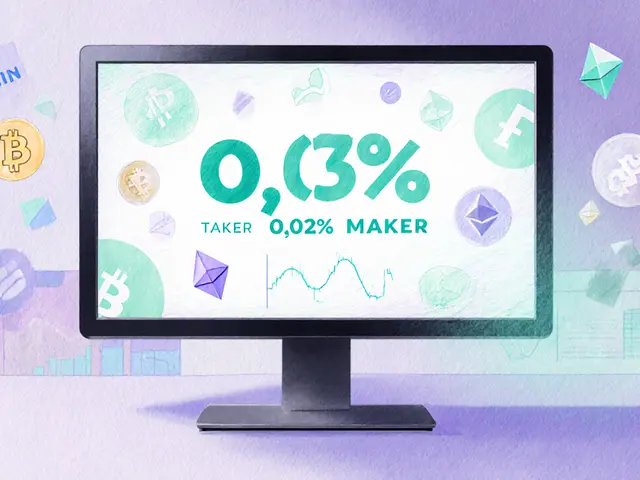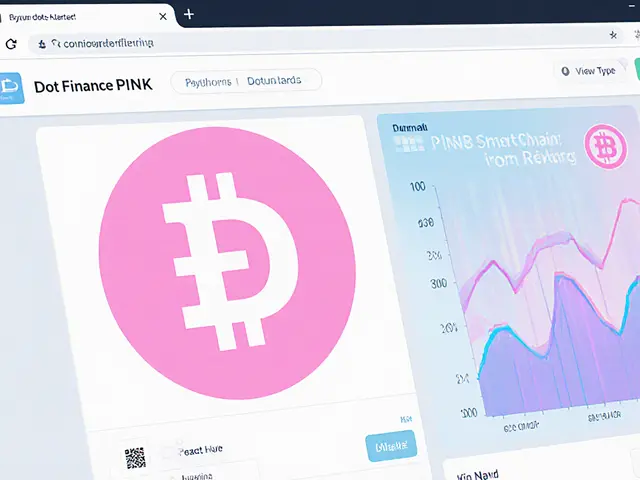Transparency in Crypto
When working with transparency, the practice of openly sharing data so anyone can verify claims and trust the system. Also known as visibility, it underpins confidence in markets, tax reporting and security audits. In the crypto world, this idea shows up in many places: from blockchain explorers that let you trace every transaction, to tax tools that require clear records of airdrop receipts, and to regulator‑mandated disclosures that aim to stop fraud.
One critical facet is blockchain transparency, the ability for anyone to view and verify ledger activity without a middleman. Because every block is publicly recorded, you can check token supply, staking rewards, or whether a validator is following protocol rules. This openness directly supports the next entity, crypto tax reporting, the process of documenting gains, airdrop values and transaction fees for tax authorities. Accurate tax filings depend on the same data that blockchain explorers provide, turning transparency from a nice‑to‑have into a legal requirement.
Another area where transparency matters is airdrop scams, fraudulent schemes that pretend to give free tokens but steal private keys or funds. Clear, public communication from projects helps users spot fake offers, while independent trackers list verified airdrops and flag suspicious ones. When a project openly shares its distribution method, tokenomics and smart‑contract code, the chances of a scam drop dramatically.
Why Transparency Shapes Crypto Today
Regulatory compliance is the glue that holds all these pieces together. Governments demand proof that exchanges, validators and token issuers are not hiding illicit activity. That demand creates a feedback loop: more transparent blockchains make it easier for regulators to enforce rules, and clearer regulations push projects to publish more data. The result is a market where you can compare exchange fees, validator performance, or airdrop eligibility with confidence.
Below you’ll find a curated list of articles that dive deeper into each of these angles. Whether you want to understand how a blockchain proves transaction finality, learn the exact steps to report an airdrop on your tax return, or see which exchanges rank highest for fee transparency, the collection has you covered. Keep reading to see practical tips, real‑world examples and the latest developments that keep the crypto ecosystem honest and open.

Explore how blockchain voting creates transparent, auditable elections while protecting voter privacy, backed by real pilots, benefits, challenges, and future steps.
Jonathan Jennings Jul 16, 2025




